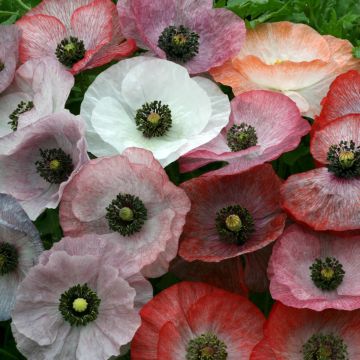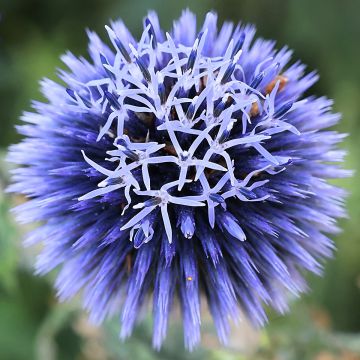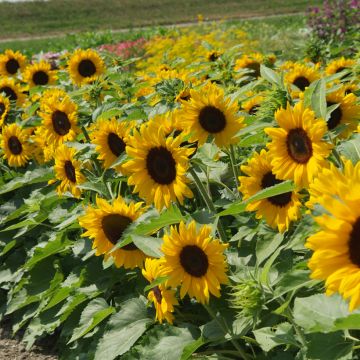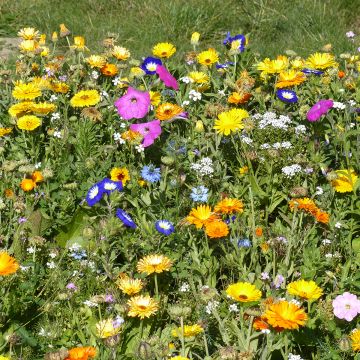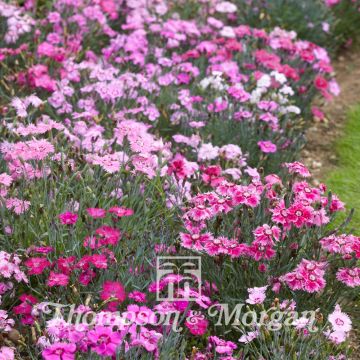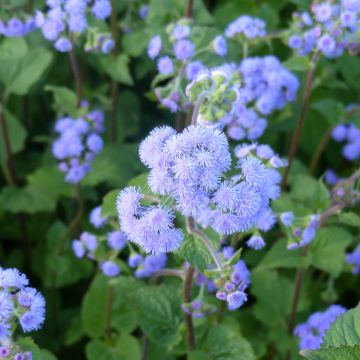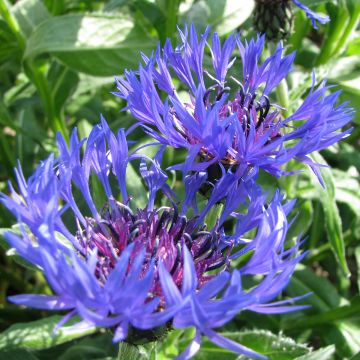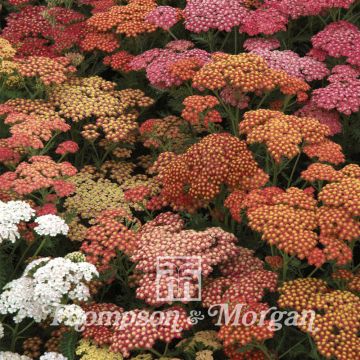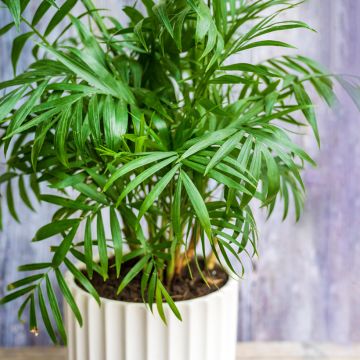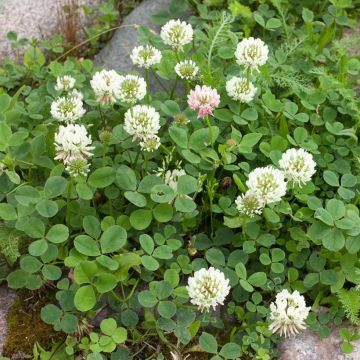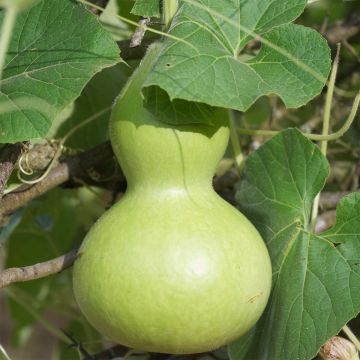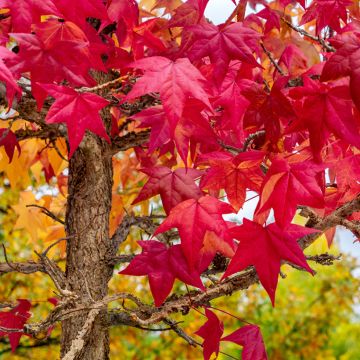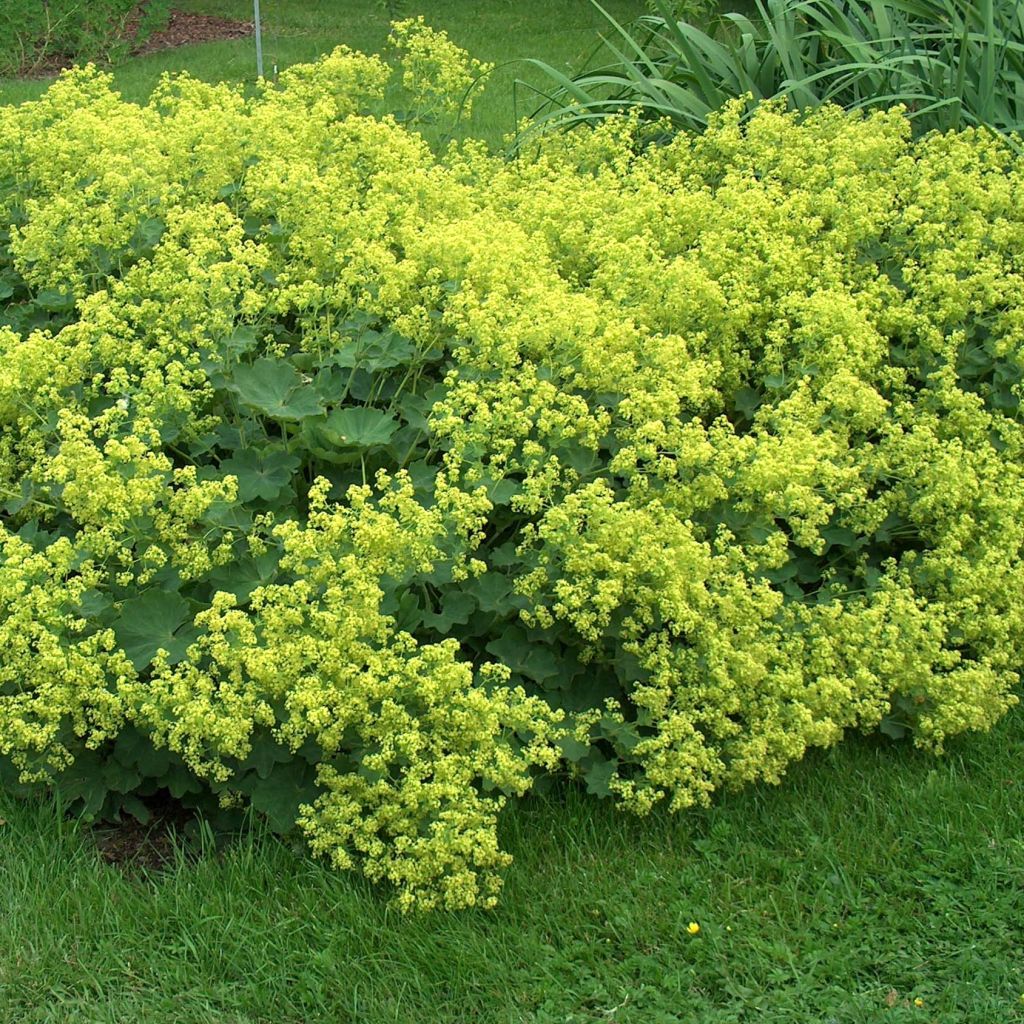

Alchemilla mollis Seeds - Ladys Mantle
Alchemilla mollis Seeds - Ladys Mantle
Alchemilla mollis
Lady's Mantle
Special offer!
Receive a €20 voucher for any order over €90 (excluding delivery costs, credit notes, and plastic-free options)!
1- Add your favorite plants to your cart.
2- Once you have reached €90, confirm your order (you can even choose the delivery date!).
3- As soon as your order is shipped, you will receive an email containing your voucher code, valid for 3 months (90 days).
Your voucher is unique and can only be used once, for any order with a minimum value of €20, excluding delivery costs.
Can be combined with other current offers, non-divisible and non-refundable.
Home or relay delivery (depending on size and destination)
Schedule delivery date,
and select date in basket
This plant carries a 6 months recovery warranty
More information
We guarantee the quality of our plants for a full growing cycle, and will replace at our expense any plant that fails to recover under normal climatic and planting conditions.

Would this plant suit my garden?
Set up your Plantfit profile →
Description
Lady's Mantle (Alchemilla mollis) is an adorable ground-cover plant with round, pleated greyish-green leaves and sprays of chartreuse flowers in summer. Soft to the touch, especially beautiful when raindrops and dewdrops bead up on its leaves, this hardy, semi-evergreen perennial is a welcome companion to any bedding plant and is attractive nearly all year-round. Suitable for growing in shallow soil as long as it stays cool and moist.
Alchemilla mollis or Lady's Mantle is a perennial herbaceous plant that belongs to the Rosaceae family. It is native to Eurasia (from south-western Europe to the Caucasus), Asia Minor (northern Iran) and Japan. It enjoys cool, fertile, clayey yet well-drained soil and part shade as leaves may scorch in hot afternoon sun. This excellent ground cover self-seeds easily to the point of becoming invasive in the right conditions. Mature plants form a spreading clump with a rounded, flared habit (40-50 cm high and wide). The large, circular, scalloped leaves are pleated with finely toothed margins and a soft texture. They measure 5 to 8 cm in diameter and have a light green colour, somewhere between chartreuse and lime green, with slight bluish or silvery tones depending on the light. They have strong water-repellent properties, i.e. water collects into drops on their surface instead of spreading out or being absorbed. The leaves remain on the plant during milder winters. In June-July, loose, cloudy clusters of bright, greenish-yellow flowers appear over the foliage. They look lovely in fresh or dry floral arrangements or bouquets.
In its natural habitat, Lady's mantle grows in rocky, clayey mountain soil, in meadows and on the edge of forests. It is easy to find a place for it in the garden as it is so robust, versatile and easy to combine with all kinds of shrubs and perennials. It is an excellent ground cover plant, in full sun or half-shade. Its chartreuse flowers look beautiful alongside English roses and lilies. Alchemilla mollis is unrivalled to soften the edges of new concrete buildings, driveways and paths. It will grow in shallow soil as long as doesn't dry out, making it ideal for growing in the cracks between paving, stone walls or garden steps. It pairs well with spring flowering bulbs or autumn flowering meadow saffron.
Report an error about the product description
Flowering
Foliage
Plant habit
Botanical data
Alchemilla
mollis
Rosaceae
Lady's Mantle
Caucasus
Other Flower seeds A to Z
View all →Planting and care
HOW TO SOW:
Sow from February to April in sowing mix and cover with a fine layer of compost or vermiculite. Keep the soil moist but not soggy and place in a cold frame or unheated greenhouse. When the plants are strong enough to handle, transplant them into individual pots and harden them off gradually. Towards the end of May, plant them out in their final location, making sure to leave about 30 cm between each plant.
Alternatively, sow outdoors in well-prepared, light soil in May-June. Cover the seeds with a fine layer of potting mix and firm down lightly. Transplant outdoors in September-October. Flowering will take place the following year, from June to Septmber.
CARE:
For healthy, abundant foliage, plant Alchemilla mollis in a moderately sunny to part-shaded spot in ordinary, moist soil. This easy-going plant’s only real enemy is excessively dry growing conditions. Keep the soil moist with a layer of mulch and make sure to water regularly during the first six weeks to help the young plants establish. Deadhead spent flowers in late summer to prevent self-seeding.
Sowing period
Intended location
Planting & care advice
This item has not been reviewed yet - be the first to leave a review about it.
Similar products
Haven't found what you were looking for?
Hardiness is the lowest winter temperature a plant can endure without suffering serious damage or even dying. However, hardiness is affected by location (a sheltered area, such as a patio), protection (winter cover) and soil type (hardiness is improved by well-drained soil).

Photo Sharing Terms & Conditions
In order to encourage gardeners to interact and share their experiences, Promesse de fleurs offers various media enabling content to be uploaded onto its Site - in particular via the ‘Photo sharing’ module.
The User agrees to refrain from:
- Posting any content that is illegal, prejudicial, insulting, racist, inciteful to hatred, revisionist, contrary to public decency, that infringes on privacy or on the privacy rights of third parties, in particular the publicity rights of persons and goods, intellectual property rights, or the right to privacy.
- Submitting content on behalf of a third party;
- Impersonate the identity of a third party and/or publish any personal information about a third party;
In general, the User undertakes to refrain from any unethical behaviour.
All Content (in particular text, comments, files, images, photos, videos, creative works, etc.), which may be subject to property or intellectual property rights, image or other private rights, shall remain the property of the User, subject to the limited rights granted by the terms of the licence granted by Promesse de fleurs as stated below. Users are at liberty to publish or not to publish such Content on the Site, notably via the ‘Photo Sharing’ facility, and accept that this Content shall be made public and freely accessible, notably on the Internet.
Users further acknowledge, undertake to have ,and guarantee that they hold all necessary rights and permissions to publish such material on the Site, in particular with regard to the legislation in force pertaining to any privacy, property, intellectual property, image, or contractual rights, or rights of any other nature. By publishing such Content on the Site, Users acknowledge accepting full liability as publishers of the Content within the meaning of the law, and grant Promesse de fleurs, free of charge, an inclusive, worldwide licence for the said Content for the entire duration of its publication, including all reproduction, representation, up/downloading, displaying, performing, transmission, and storage rights.
Users also grant permission for their name to be linked to the Content and accept that this link may not always be made available.
By engaging in posting material, Users consent to their Content becoming automatically accessible on the Internet, in particular on other sites and/or blogs and/or web pages of the Promesse de fleurs site, including in particular social pages and the Promesse de fleurs catalogue.
Users may secure the removal of entrusted content free of charge by issuing a simple request via our contact form.
The flowering period indicated on our website applies to countries and regions located in USDA zone 8 (France, the United Kingdom, Ireland, the Netherlands, etc.)
It will vary according to where you live:
- In zones 9 to 10 (Italy, Spain, Greece, etc.), flowering will occur about 2 to 4 weeks earlier.
- In zones 6 to 7 (Germany, Poland, Slovenia, and lower mountainous regions), flowering will be delayed by 2 to 3 weeks.
- In zone 5 (Central Europe, Scandinavia), blooming will be delayed by 3 to 5 weeks.
In temperate climates, pruning of spring-flowering shrubs (forsythia, spireas, etc.) should be done just after flowering.
Pruning of summer-flowering shrubs (Indian Lilac, Perovskia, etc.) can be done in winter or spring.
In cold regions as well as with frost-sensitive plants, avoid pruning too early when severe frosts may still occur.
The planting period indicated on our website applies to countries and regions located in USDA zone 8 (France, United Kingdom, Ireland, Netherlands).
It will vary according to where you live:
- In Mediterranean zones (Marseille, Madrid, Milan, etc.), autumn and winter are the best planting periods.
- In continental zones (Strasbourg, Munich, Vienna, etc.), delay planting by 2 to 3 weeks in spring and bring it forward by 2 to 4 weeks in autumn.
- In mountainous regions (the Alps, Pyrenees, Carpathians, etc.), it is best to plant in late spring (May-June) or late summer (August-September).
The harvesting period indicated on our website applies to countries and regions in USDA zone 8 (France, England, Ireland, the Netherlands).
In colder areas (Scandinavia, Poland, Austria...) fruit and vegetable harvests are likely to be delayed by 3-4 weeks.
In warmer areas (Italy, Spain, Greece, etc.), harvesting will probably take place earlier, depending on weather conditions.
The sowing periods indicated on our website apply to countries and regions within USDA Zone 8 (France, UK, Ireland, Netherlands).
In colder areas (Scandinavia, Poland, Austria...), delay any outdoor sowing by 3-4 weeks, or sow under glass.
In warmer climes (Italy, Spain, Greece, etc.), bring outdoor sowing forward by a few weeks.






























